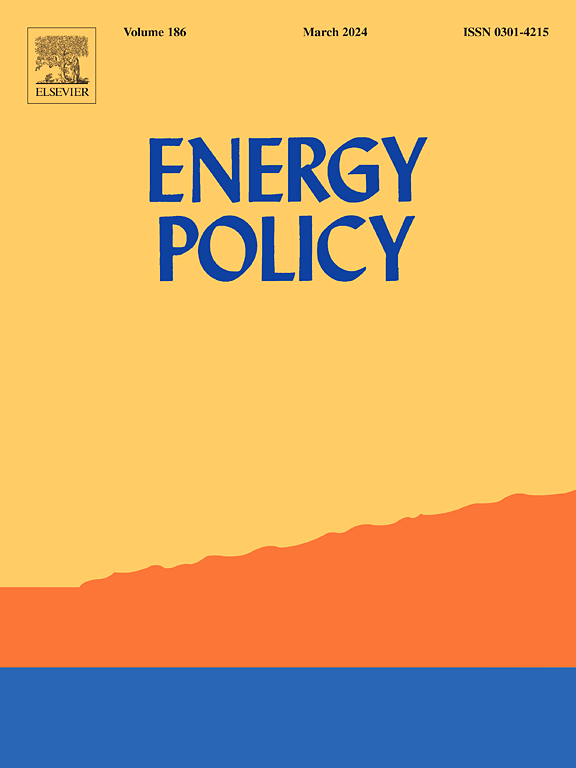Complying with low-emission hydrogen standards in long-term integrated supply chains
IF 9.3
2区 经济学
Q1 ECONOMICS
引用次数: 0
Abstract
Renewable hydrogen is a promising alternative to increase the presence of renewable energy in hard-to-decarbonize economic sectors. Renewable-fuel regulation standards have been formalizing to ensure that on-grid electrolytic production is primarily powered by renewable electricity. This work evaluates the mid- and long-term impact of integrating renewable hydrogen supply chains into the expansion and operation of the power system using a tailored modification of the open-source energy modeling system (OSeMOSYS). The model optimizes the joint expansion of the Chilean power system and a hydrogen supply chain for exports, between 2025 and 2060, under the European standard for renewable hydrogen. Results show that incorporating renewable hydrogen supply chains that comply with this standard impacts the infrastructure and operation of the power system during its transition towards decarbonization. Between 2025 and 2040, the off-grid hydrogen production scenario results in distributed production, requiring internal hydrogen transport and low grid reliance. Conversely, a scenario that assumes Power Purchase Agreements for renewable electricity results in centralized hydrogen production, with higher electricity transmission investments and grid reliance. For the scenarios studied, the average systemic cost of hydrogen production ranges from $2.9/kgH2 to $6.4/kgH2.
求助全文
约1分钟内获得全文
求助全文
来源期刊

Energy Policy
管理科学-环境科学
CiteScore
17.30
自引率
5.60%
发文量
540
审稿时长
7.9 months
期刊介绍:
Energy policy is the manner in which a given entity (often governmental) has decided to address issues of energy development including energy conversion, distribution and use as well as reduction of greenhouse gas emissions in order to contribute to climate change mitigation. The attributes of energy policy may include legislation, international treaties, incentives to investment, guidelines for energy conservation, taxation and other public policy techniques.
Energy policy is closely related to climate change policy because totalled worldwide the energy sector emits more greenhouse gas than other sectors.
 求助内容:
求助内容: 应助结果提醒方式:
应助结果提醒方式:


